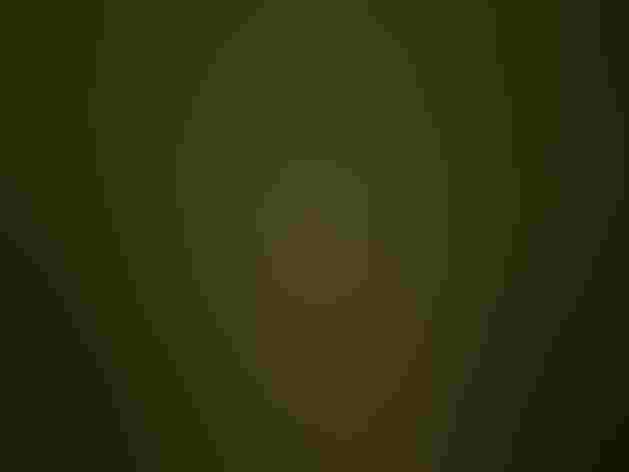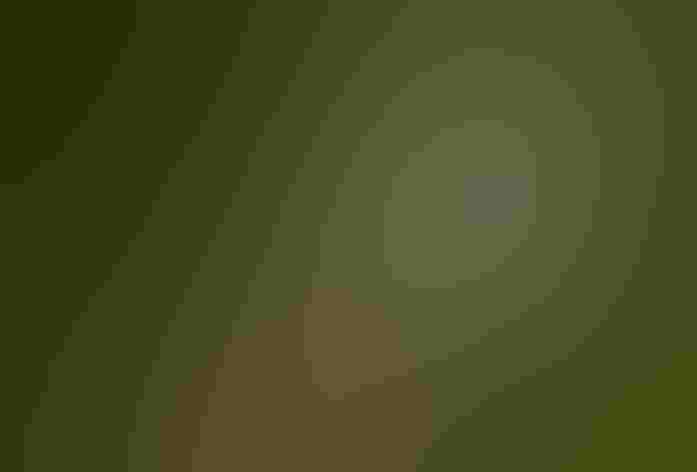Belted Kingfisher
At a Glance
The Belted Kingfisher is often first noticed by its wild rattling call as it flies over rivers or lakes. It may be seen perched on a high snag, or hovering on rapidly beating wings, then plunging headfirst into the water to grab a fish. Found almost throughout North America at one season or another, it is the only member of its family to be seen in most areas north of Mexico.
All bird guide text and rangemaps adapted from by Kenn Kaufman© 1996, used by permission of Houghton Mifflin Harcourt Publishing Company. All rights reserved.
Category
Kingfishers, Perching Birds
IUCN Status
Least Concern
Habitat
Arroyos and Canyons, Coasts and Shorelines, Freshwater Wetlands, Lakes, Ponds, and Rivers, Saltwater Wetlands
Region
Alaska and The North, California, Eastern Canada, Florida, Great Lakes, Mid Atlantic, New England, Northwest, Plains, Rocky Mountains, Southeast, Southwest, Texas, Western Canada
Behavior
Direct Flight, Flap/Glide, Hovering
Population
1.800.000
Range & Identification
Migration & Range Maps
A few may overwinter as far north as water remains open, including southern coast of Alaska. Some from North America migrate as far south as Central America, West Indies, northern South America. Migrants may tend to follow rivers, lakeshores, coastlines.
Description
13" (33 cm). Unmistakable in most areas; near Mexican border, see Ringed Kingfisher and Belted Kingfisher. (Blue Jay is also blue-gray and crested, but has very different shape and markings.) Female has two chest bands, blue-gray and rusty; the latter is lacking on males.
Size
About the size of a Crow, About the size of a Robin
Color
Blue, Gray, Orange, Red, White
Wing Shape
Pointed, Tapered
Tail Shape
Rounded, Square-tipped
Songs and Calls
Loud, penetrating rattle, given on the wing and when perched.
Call Pattern
Falling, Flat
Call Type
Buzz, Rattle, Scream, Trill
Habitat
Streams, lakes, bays, coasts; nests in banks. During winter and migration, may be found in almost any waterside habitat, including the edges of small streams and ponds, large rivers and lakes, marshes, estuaries, and rocky coastlines; seems to require only clear water for fishing. During breeding season, more restricted to areas with suitable dirt banks for nesting holes.
Sign up for ³Ô¹ÏºÚÁÏ's newsletter to learn more about birds like the Belted Kingfisher
Behavior
Eggs
6-7, sometimes 5-8. White. Incubation is by both sexes, 22-24 days. Female incubates at night, with male taking over early in morning; male may or may not do less of incubation than female.
Young
Both parents feed young, at first giving them partially digested fish, later whole fish. Male may make more feeding visits than female. Young depart from nest 27-29 days after hatching, are fed by parents for about another 3 weeks. 1 brood per year, perhaps sometimes 2 in south.
Feeding Behavior
Forages by plunging headfirst into water, capturing fish near surface with bill. Watches for fish from branch, wire, rock, or other perch above water, or may hover above water before diving. Bones, scales, and other indigestible parts of prey are coughed up later as pellets.
Diet
Mostly small fish. Typically feeds on small fish, usually those less than 4-5" long. Also eats crayfish, frogs, tadpoles, aquatic insects. Occasionally takes prey away from water, including small mammals, young birds, lizards. Reported to eat berries at times.
Nesting
In courtship display, male brings fish, feeds it to female. Nest site is in steep or vertical dirt bank, usually with higher content of sand than clay. Both sexes take part in digging a long horizontal tunnel with nest chamber at end. Tunnel is generally 3-6' long and usually slopes upward from entrance. Rarely nests in tree cavity. Usually no lining added to nest chamber, but debris and undigested fish bones and scales may accumulate.
Conservation
Conservation Status
Recent surveys indicate declines in population. May be vulnerable to loss of nesting sites and to disturbance during breeding season.
Climate Threats Facing the Belted Kingfisher
Choose a temperature scenario below to see which threats will affect this species as warming increases. The same climate change-driven threats that put birds at risk will affect other wildlife and people, too.










